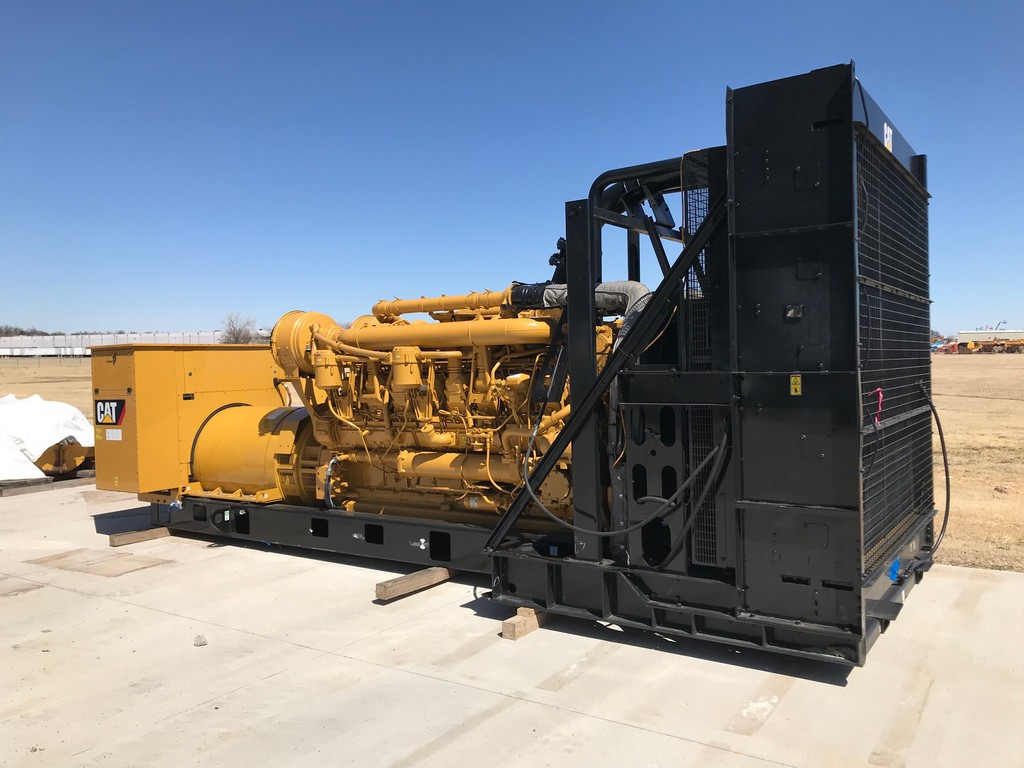- Joined
- Feb 1, 2015
- Messages
- 9,631
Thanks for the detailed analysis..We live in mid-Michigan; our solar set up has 26 panels rated at 380W (22 of them) and 370W (4 of them) for about 9500W max output. We see some pollen, dust and dirt on the panels, but they get cleaned pretty well when it rains. Our biggest issue is snow. I've looked at our output in the morning after a snowstorm and see (for example) 0.50kW of generation. We have a floor broom with a very-extended handle; broom off the snow and our output goes up by 4X - 6X.
View attachment 480047
We're North of you with a ground-mount system instead of room mount. The rule of thumb for panel inclination angle is to set them at your latitude. We're at 43 deg.; our panels are at that angle and clean off pretty easily. I guess you could do a bit of an experiment and purposely roll out some window screen or something to simulate dust/dirt and see how it affects your output. Our system uses a Generac invertor. They have a nice app that gives us lots of live data.
There are many sources for solar panel brushes/squeegees. I see them running from $200 - $600.
View attachment 480050
And on the "is it worth it" topic, it depends on your motivation. In our case, our power company charges $0.126/kWh and gives us $0.056/kWh if we send power back up the pole. We also have a $30/month service fee regardless of usage. In 2023, we generated 12.2 MWh of solar, we drew 0.277 MWh off the grid, and our house drew 10.6 MWh. We also have 18kWh of battery backup so the math isn't so simple (12.2 MWh + 0.277 MWh doesn't equal 10.6 MWh). Our accumulative electric bill for 2023 was under $400, before we added the solar it was ~$2100.
Our system ran around $40K after the 30% federal tax credit. If we saved $2000 a year it'd be a 20-year payback assuming no gain on the initial $40K investment. We will not see a net payback within my wife and my lifetime. But our motivation was to get a little greener, and give us (albeit limited) power backup during an outage. Having a bit of OCD, for backup we have what I term as "summer mode" and "winter mode". Summer mode is running refrigeration, winter mode is running the furnace.
Long story longer, we had a big windstorm in late-August 2023 that took out the power. The batteries kicked in instantly; TV in the kitchen didn't even flicker. Our 18kWh of backup is limited, the transfer box only switches 4 circuits (we power our well, kitchen frig, internet(for Generac) and our propane furnace). We have 2 small freezers which I ran extension cords to, plus our router. We were drawing about 300 W/hr. with that load on the system. On a sunny day, we'll make >60 kWh; no issue charging the 18 kWh batteries and absorbing ~7 kWh of normal daily house "the power is out" draw. However, we've made as little as 1.6 kWh in a day; our worse 5-day total has been 12 kWh. We'd be in trouble during the summer as we'd lose the batteries after 3-4 days IF we had the two freezers and frigs running and crappy solar.
In the winter, I'd hand-truck the two freezers outside and let Mother Nature take care of them. Our major draw is the propane furnace which uses 350W when it's running. Daily draw would be around 3 kWh, so winter back up mode with crappy solar is about 4-5 days. To us, it's nice to have the limited power backup though a Generac propane bypass generator would have run a lot less than the solar set up.
Bruce
I have been interested in solar electric generation for more than fifty years. costs have come down significantly but are still not in the cards for us. We line in a valley where the sun rises above the tree line and hour after sunrise and sets no later than 5 PM summer or winter. I've run the numbers and payback would exceed my expected lifetime.
In Wisconsin, there is this industry which has sprung up installing solar systems at no cost. They use the government subsidy for the down payment and essentially promise that the monthly savings in electrical bills will offset the monthly pay down on the loan for the system. My wife saw an add on line and gave them a call. The sale guy was extolling the benefits of owning solar and after about 20 minutes, I asked to speak to him. I explained our situation and further stated that because of to high and steep roof and its location near the tree line to the west, any system would have to be ground based. Also because of the shortened duty cycle, the system would have to be increased by some 20 - 30%. We agreed that we were not a candidate for solar.
My neighbor across the road has had solar for more than fifteen years. She lives atop the hill and has full sun from sunrise to sunset. Her initial system is ground based and tracks the sun. When the system was installed, the utility company had a very generous credit where she actually got higher than retail cost for her excess generation so she essentially had zero cost to the utility. She has since doubled the size of her solar system, this time with a fixed ground based array. She also acquired an electric vehicle with the intent of generating essentially all of the residential and vehicular energy needs with her solar system. I haven't asked her lately how that's working for her. She has had just over a year now on her new plan.
Our monthly usage runs between 1,000 and 1,800 kwh at a cost of $.13/kwh for an annual cost of around $2,000. Even if we generated all our electrical needs, it is unlikely that we would see a payback in my lifetime. (At 80 y.o., any warranties more than 20 years are a lifetime warranty)
One thought that I had regarding making solar generation more effective was to add outboard reflectors to concentrate the light. I don't know how much amplification the panels can handle but it would should be a good way to make up for the limited exposure time. A tracking system would also increase efficiency.



